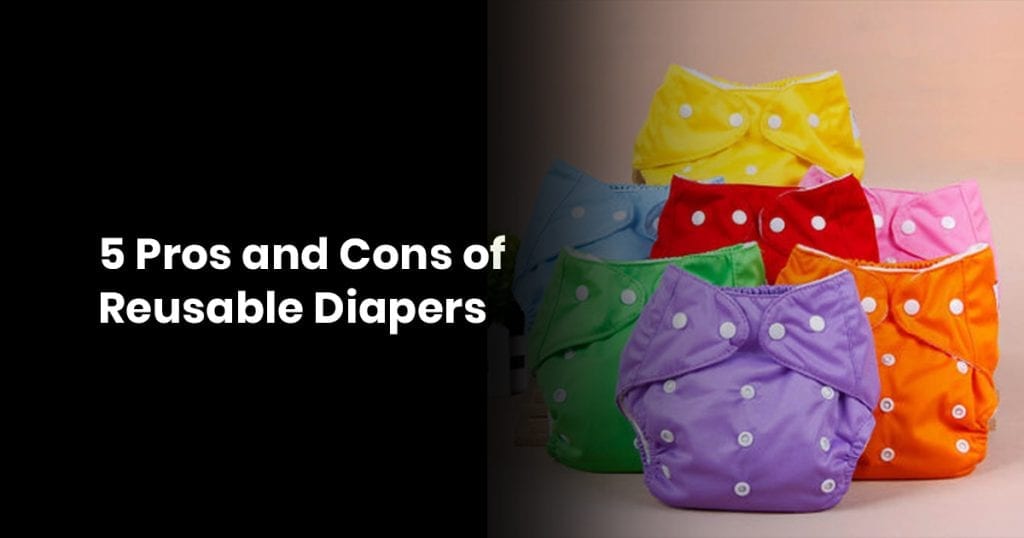Single-use diapers are terrible for the environment, but are reusable diapers the route that you want to take?
It would be ignorant to say that they make your life 100% better, even though they’re good for the earth. Let’s go over the top five pros and cons of reusable diapers, and discuss some of the best ways to mitigate your environmental impact.
Contents
Pros of Reusable Diapers
Here are the pros of reusable diapers:
1. You Save Money

Everyone likes more money, right?
Cloth diapering can save you money in the lower four-figure range, and that’s just for one child.
The average amount of diapers that your child uses in their first year are around 5,400 (mostly during the infant stages).
That’s crazy when you consider the cost of disposable diapers. Even if you opt for a cheap brand of diapers (not Pampers or Huggies, but store brand), you’re still looking at a total of $895.50.
If you buy three packs of six-count cloth diapers, and even a few extra packs of liners, you’re looking at around $120.00 spent, and those are high-quality cloth diapers.
They are usually adjustable, ranging from infancy up to size 5, or around two years of age.
Disposable diapers cost more and give you less when you get into the later stages of your child’s toddler life. At that point, they’ll average eight to ten per day.
Assuming that you have one child, you’ll spend $1,492.50 for two years of disposable diapers, or less than 11% of that on cloth diapers for the same amount of time.
If you have two children, that percentage drops to about 8% of what you would spend on disposables.
2. Less Environmental Impact

Disposable diapers contain a superabsorbent polymer, which is toxic to wildlife, marine life, and even us humans.
It’s just really bad stuff, and when filled with liquid, it increases the weight of the diaper and the total weight of the plastic waste you’re creating.
In your child’s first year, it’s at least 145 pounds of non-biodegradable waste that is being created. When we look at the biodegradable definition, you can see that this can cause serious problems for our environment.
And it gets worse:
It also costs an absurd amount of fuel to make disposable diapers, upwards of 3.4 billion gallons of oil every single year.
That’s enough to let over 5 million cars run continuously over the same period of time.
It’s an enormous industry, and siding with cloth diapers could cause major brands to reduce their creation costs, causing less pollution all around.
3. Nearly Eliminates Skin Reactions for Children
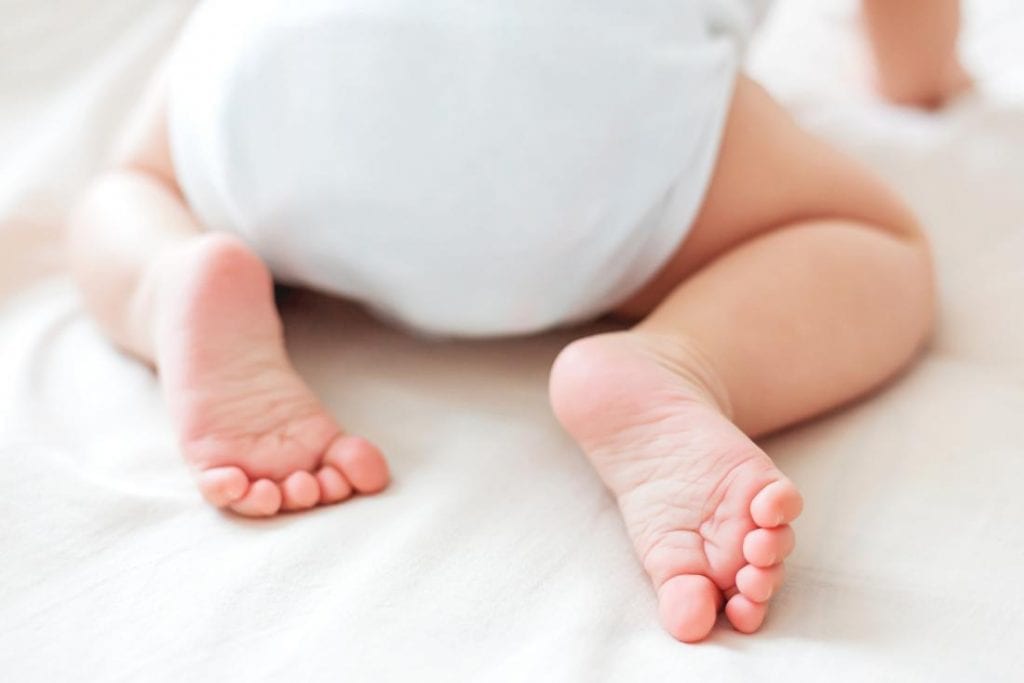
Disposable diapers aren’t exactly the most comfortable things around.
It’s common for children to develop skin irritations, rapid diaper rash, and general discomfort from the various plastics in disposable diapers.
Cloth diapers still have inserts to consider, but most of them are made out of cotton or natural bamboo fiber.
We’re not saying that there are no children who would react poorly to natural fibers, but it is significantly lower than those who react from synthetic materials.
4. Never Run Out of Diapers
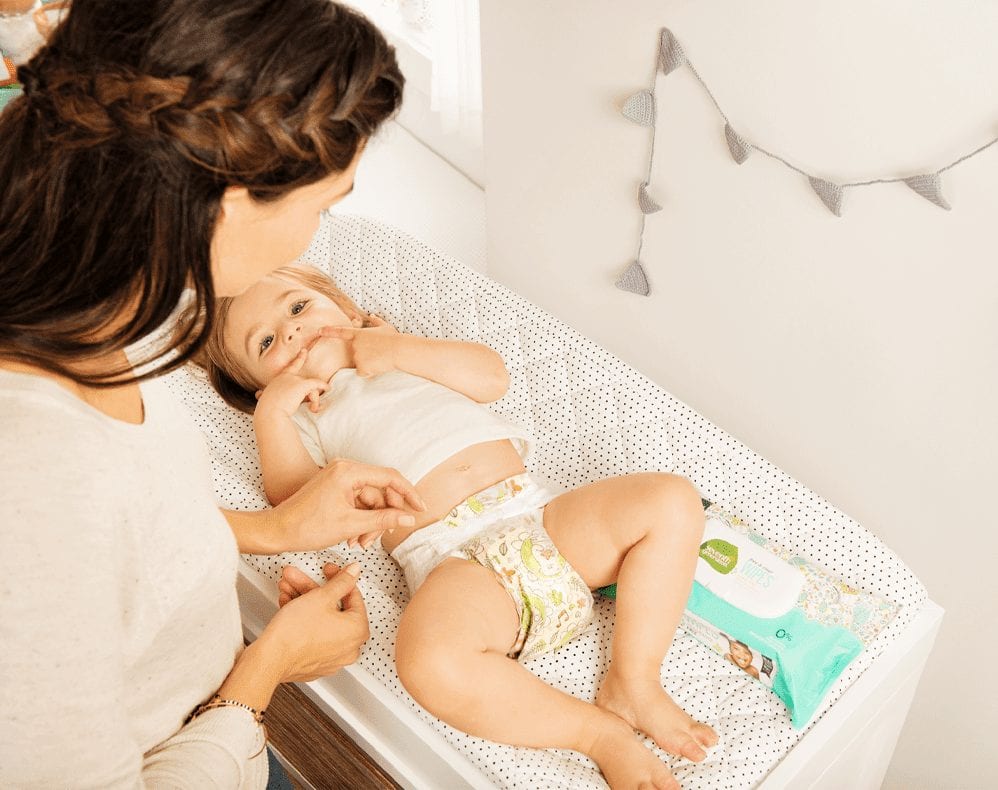
Ever been strapped for cash during a pay week, but seriously needed diapers?
So long as you have a washing machine handy and the electricity is on, you’ll never run out of cloth diapers again.
We talked about annual costs earlier, and while that is great, there’s something stupendous about the peace of mind in knowing your children run zero risk of not having diapers.
5. Earlier Potty Training
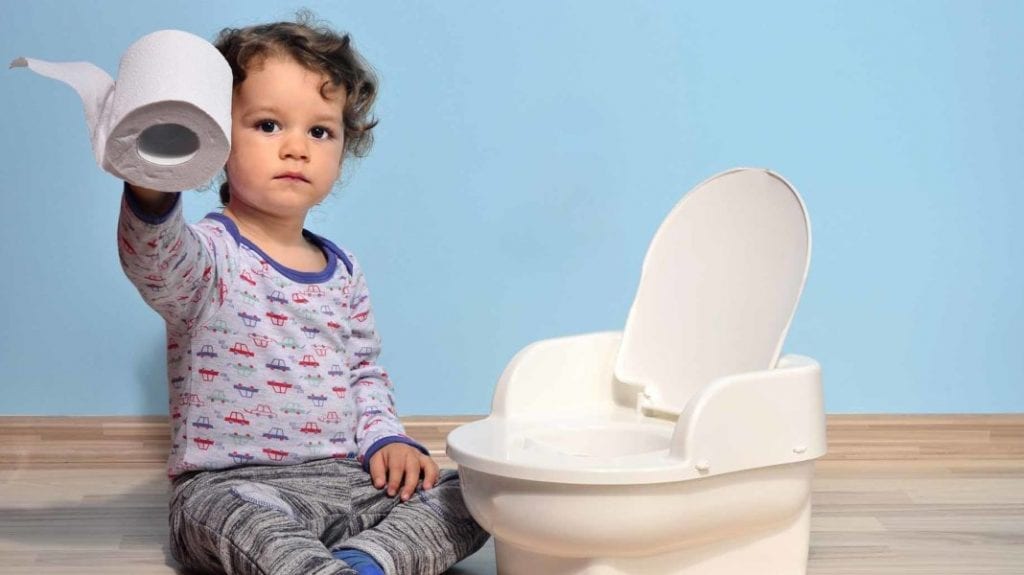
One of the reasons why it’s so difficult to potty train boys is because there’s no consequence in using disposable diapers.
SAP (super absorbent polymer) absorbs all of the wetness feeling, unless the diaper is excessively full to the point of spilling.
They don’t get the sensation of wetness that tells them, “I need to be changed.”
Believe it or not, children really enjoy being clean, and the feeling of the natural fiber liners getting wet will tell them that something isn’t right.
You’ll notice them telling you that they need a diaper change more often, and then the prospect of being potty trained will be much more appealing to them as they age.
Cons of Reusable Diapers
Here are some of the cons of reusable diapers
1. Cleaning Human Waste

It’s the nicest way of saying it.
Nobody wants to clean a poopy diaper, but it’s an unfortunate truth of cloth diapering: you’re going to clean them a lot, especially in the early years.
You’re supposed to dispose of human waste through sewers, so even disposable diaper users should be putting solid waste into the toilet before discarding those diapers.
The silver lining here is that if the baby is exclusively breastfed in their infant stages, their waste is water soluble and doesn’t need to be placed in a sewer system.
2. More Frequent Laundry

Even if you bulk up and get six or more packs of reusable diapers, that’s all laundry that’s going to stink—you don’t want that lying around for too long, so you’ll be doing laundry, at the very least, every other day.
You’ll start secretly wishing for days with only one messy diaper and mostly pee diapers, so switching to cloth diapers is a much larger investment of your time.
3. Higher Electricity Costs
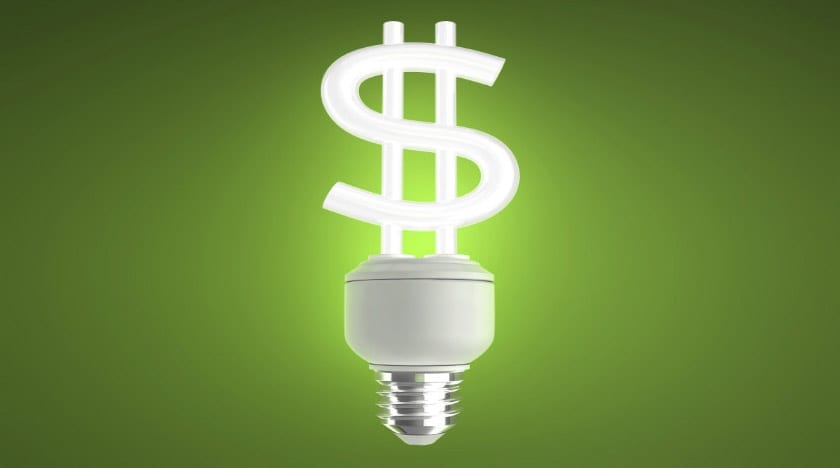
Your electric bill is about to see a spike, especially in the first six months of your baby’s life.
You’ll also be putting your washer and dryer through a lot more stress, which may shorten the lifespan on those appliances.
It’s a slightly backwards concept if you think about it: less physical waste, but more energy spent requires more fuel to be burned at your electrical provider.
If your utility company uses clean, renewable energy, then at least it’s not an increased toll on the environment.
4. Less Absorbency Than Disposables
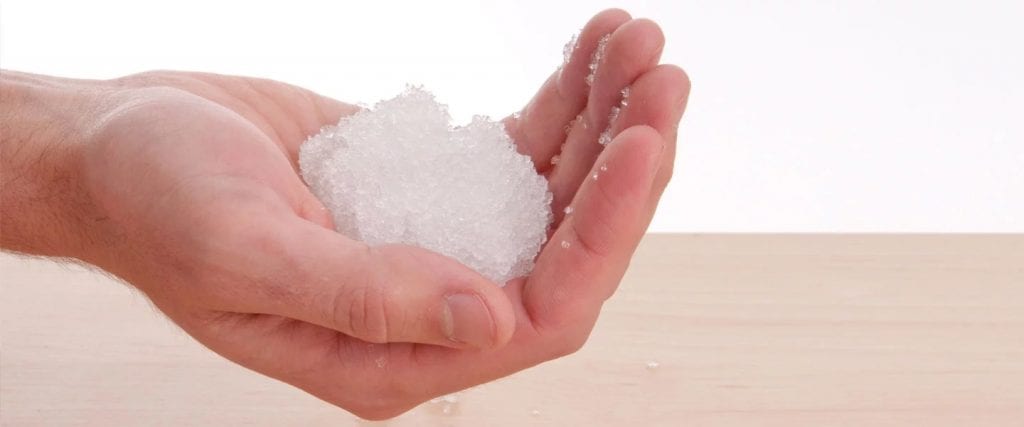
If your child pees once, the cloth diaper liners will hold it.
If they pee in the same diaper again, it might start to leak depending on what they’re doing.
Cloth diapers are less absorbent than disposable diapers, and it can be a chore to find out just what liners are going to work for your child.
The good news is that there are multiple liners with different densities available.
It takes a little while to get used to cloth diapering, especially if you’re bringing your child to a daycare center each day before work.
If possible, get the diaper absorbency issue straightened out before signing them up for daycare so you can avoid comments from daycare workers or other parents.
Not everyone agrees with cloth diapering, but that doesn’t dissuade the fact that it is a good thing to do.
5. Large Upfront Cost

Regarding the discussion of cost earlier, you can’t just get one pack of cloth diapers and call it a day: it’s an all-or-nothing kind of thing.
You’ll have to double down right from the get go to get a stock of diapers, replacement diapers if some of them stain beyond repair, and pins/snaps to secure the diapers.
It’s an investment that will save you money, just not until about four or five weeks into doing it.
Are Reusable Diapers Safe?
Yes, reusable diapers are completely safe.
The problems that you run into with cloth diapers are similar to those of disposable diapers, and don’t usually pertain to the diaper itself.
Leaving your baby in the diaper for too long can cause a rash, or a bacterial infection if they sit in their own waste for long enough. There’s nothing safer or less safe about cloth diapers.
How to Make the Most Out of Reusable Diapers?
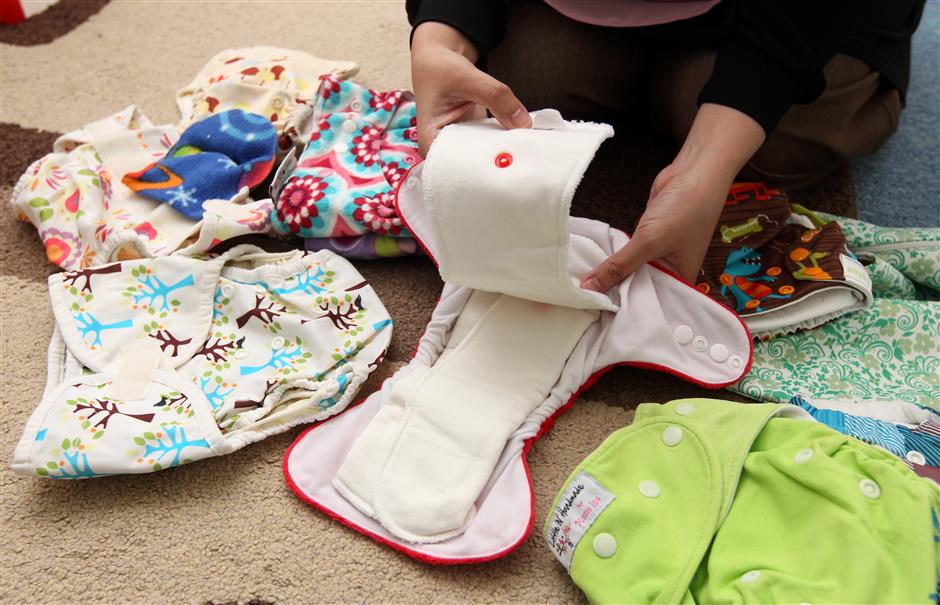
There’s a few tips and tricks to mitigate the cons of cloth diapering, and these are especially true if you’re gearing up for your first child.
These may not seem like the most life-changing tips, but for us parents who have been there, it makes a major difference.
Bring an airtight bag or container around with you.
It’s not fun to run into the store with your little one on a summer’s day, only to get back in your car to the smell of waste and urine flooding your nostrils.
Get a dry bag, which has a watertight seal, and use is exclusively for cloth diapers.
Either that, or find an airtight container to keep in the car so you aren’t suffering from the smell, or carrying it in on your clothes when you go to meet other parents.
Don’t limit your activities because you cloth diaper.
Once you get into a rhythm with it, they’re as effective as disposables, you’ll just have to do a few more changes per day than you otherwise would.
It’s okay to have a social life while also cloth diapering; it doesn’t have to be the end of the world.
Lastly, use either cloth wipes on your baby, or green eco-wipes.
Normal baby wipes would leave chemicals on your child, then on the liner, and cause them to degrade or tarnish far faster than they would on their own.
This is a common oversight which leads parents to blame manufacturers, when in fact it has nothing to do with the quality of the diaper.

